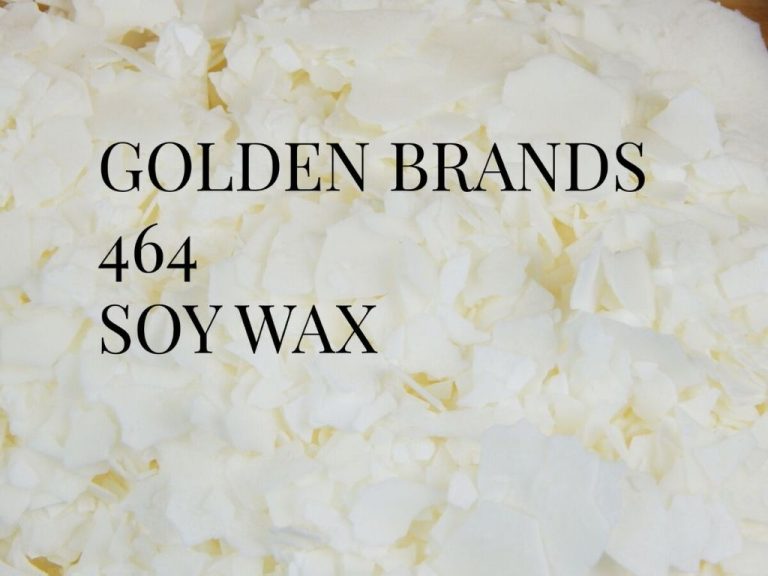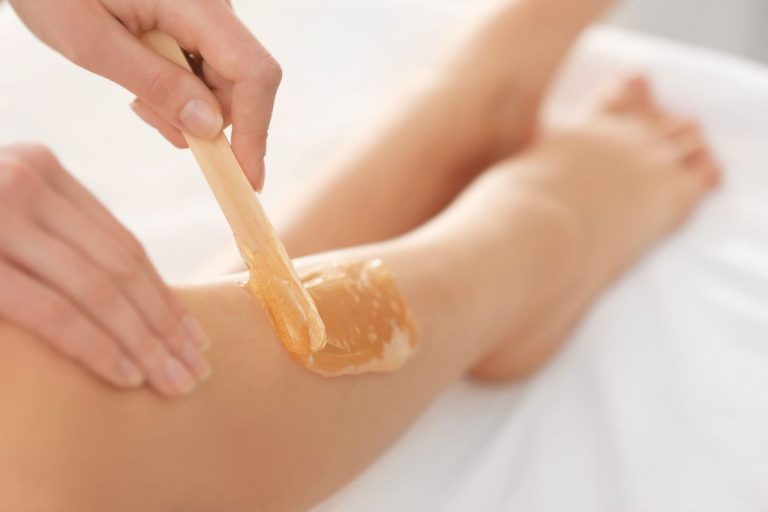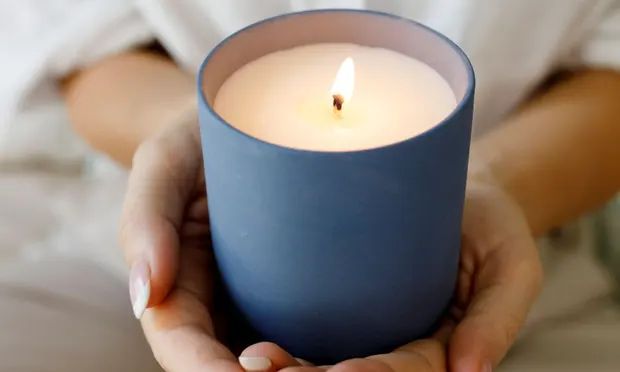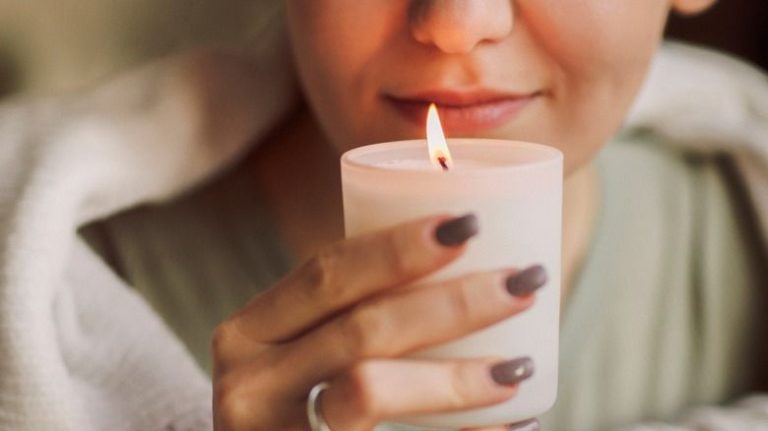What Temperature Should I Pour 464 Soy Wax?
Soy wax first emerged in the early 1990s as an alternative to paraffin wax. Michael Richards developed soy wax in 1991 as a more affordable and environmentally friendly option compared to beeswax for candle making (https://armatagecandlecompany.com/blog/guide-to-soy-wax/). Soy wax is made from hydrogenated soybean oil and offers several advantages over paraffin wax, such as being made from a renewable resource, having a lower melting point, and being biodegradable.
464 soy wax is a proprietary blend of soy wax developed by Cargill specifically for container candles. It was designed to have an optimum melting point and viscosity for even burning and good scent throw in containers. 464 soy wax contains a small amount of paraffin added to it to improve the performance compared to 100% soy wax. It is commonly used by professional candle makers due to its reliable results.
Melting Point
464 soy wax has a melting point of approximately 119-124°F (48-51°C). This is considered a mid-range melting point, making 464 a versatile wax that can be used for a variety of candle applications.
The melting point indicates the temperature at which the wax transitions from a solid to a liquid state. Waxes with lower melting points, like paraffin, become liquid at lower temperatures. Higher melting point waxes, like beeswax, require more heat before liquefying.
A mid-range melting point like 464 offers flexibility in pour temperatures and can accommodate both high and low fragrance loads when candle making. The wax will be firm enough to hold shape at room temperature but also respond well to warmer environments.
Fragrance Load
464 soy wax is designed to hold a higher fragrance load than typical soy waxes. The manufacturer recommends using between 6-10% fragrance by weight when working with 464 soy wax (source). This allows your soy wax candles to have a stronger scent throw. Going above 10% fragrance may result in sweating or weeping of the wax.
A good starting point is around 8% fragrance load. You can adjust up or down from there depending on your scent throw results. Testing at lower and higher fragrance percentages will help you find the ideal amount of fragrance for each particular scent. Just make sure not to exceed 10% as that is the maximum recommended for 464 soy wax.
Pouring Temperatures
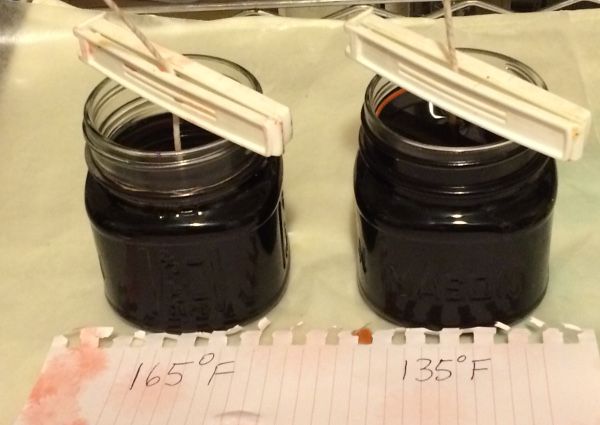
The proper pouring temperature for 464 soy wax is around 135°F (According to Getting Started with AAK 464 Soy Wax – CandleScience). Pouring at this temperature allows the wax to cool slowly and fully adhere to the container walls, resulting in smooth finish with good hot and cold throw. Pouring too hot (above 150°F) can cause frosting, cracking, or separation, while pouring too cool (below 125°F) can lead to poor adhesion.
Some testing by candle makers has shown good results when pouring 464 soy wax between 130-140°F (According to Golden Brands 464 Soy Wax Pour Temp Test-1 – Soycandlemakingtime). Within this range, the wax remains fluid enough to create a nice surface finish and fully coat the containers. Allowing the wax to cool to around 135°F provides a good balance before pouring.
Always check the manufacturer’s recommendations and test different pour temperatures to find the ideal range for your setup and containers. Monitoring wax temperature with a thermometer is key for consistency. Pouring 464 soy wax around 135°F will provide the best results in most cases.
Cooling & Curing
Proper cooling and curing are essential for 464 soy wax candles to reach their full potential. According to CandleScience, 464 soy wax should be cooled to about 110°F before adding fragrance oils and dye. Once the fragrance and dye have been added, the wax can be poured into containers at around 135°F.
After pouring, allow the candles to cool at room temperature until set. It’s crucial to allow 464 soy wax candles to cure for 1-2 weeks before burning. This curing time allows the wax to fully solidify and strengthen, resulting in a smooth burn and optimal hot throw. Rushing to burn 464 soy candles too soon can cause issues like tunneling.
According to testing by Soy Candle Making Time, a full two week cure produced the best results for 464 soy wax. Allowing the candles to rest undisturbed during the curing process will provide maximum stability.
Jar vs Vessel
Pouring temperature can vary depending on whether you are pouring into jars or vessels. Jars provide more exposed surface area for cooling and crystallization, while vessels have thicker walls that retain heat. According to Lonestar Candle Supply, wax should be poured into jars at a temperature between 135°F and 145°F. For vessels, they recommend pouring between 150°F and 160°F. The higher temperature for vessels helps the wax fully coat the sides as it cools.
As noted in a Reddit discussion on r/candlemaking, pouring too hot can cause frosting or separation in jars. But not pouring hot enough into vessels may lead to issues with adhesion. Most recommend keeping soy wax 10-20 degrees above the melting point when adding fragrance. With a soy wax melting point of 118°F-125°F, a good target range is 130°F-145°F for jars and 140°F-160°F for vessels. Adjust as needed based on your specific wax, fragrance load, vessel thickness, and ambient temperature. But the takeaway is that vessels often require slightly hotter pour temps than jars.https://lonestarcandlesupply.com/heating-and-pouring-waxes/
Additives
Additives can have an effect on the ideal pouring temperature for soy wax. Some common additives used in candle making include vybar, stearic acid, paraffin wax, and microcrystalline wax.
Vybar and stearic acid act as hardeners and will raise the melting point of soy wax. According to CandleMakingSupplies.net, vybar is recommended at 1/10 of a teaspoon per pound of wax. Stearic acid can be used from 1/2% to 3% of the wax weight.
Paraffin wax and microcrystalline wax will lower the melting point when blended with soy wax. The pouring temperature can be reduced 5-10°F when using a soy/paraffin or soy/microcrystalline blend compared to pure soy wax. The ratio of additives will determine the exact melting point change.
It’s important to test how additives affect the pouring temperature. Generally, hardeners will raise the temperature slightly, while paraffin and microcrystalline wax will lower it. Start with small test batches to determine the optimal pouring temp.
Citation: https://www.candlemakingsupplies.net/wax-additives-everything-candle-makers-need-to-know
Altitude Adjustments
When making candles at higher elevations, the lower air pressure can affect pour temperatures. At higher altitudes above 3,000 feet, the boiling point of wax is lowered due to the decreased air pressure. This means wax will melt and reach proper pouring temperatures quicker at high altitudes. However, the wax will also start to solidify faster as it cools.
A good rule of thumb is to decrease pouring temperatures around 5-10°F for every 1,000 feet above sea level when working with paraffin wax. With soy wax, pouring temperatures may need to be lowered 15°F or more for higher elevations. For example, if the recommended pour temperature at sea level is 175°F, at 5,000 feet you may need to reduce that to around 155-160°F.
Additionally, allowing candles to cool more slowly at higher altitudes can help prevent issues like frosting or cracking. Move candles to a warmer area around 70-75°F while cooling. Watch for signs of accelerated cooling like sinkholes or concave tops on the candles and adjust pour temps accordingly. With testing and observation, the ideal pouring temps can be dialed in for your specific elevation.
According to discussions on Reddit and Craft Server forums, those making candles around 6,000 feet found much better results when lowering soy wax pouring temps by at least 10-15°F from sea level recommendations [1] [2]. Allowing a slower cool down of the wax also helps prevent issues like frosting and wet spots.
Troubleshooting Common Pouring Issues
Soy wax is a popular choice for candle making because it’s clean burning and has a low melting point. However, improper pouring temperatures can cause a variety of issues like wet spots, frosting, or craters in your candles. Here are some common troubleshooting tips for pouring soy wax:
If you see wet spots or oil rings around the top of your candle, the wax was likely poured at too low of a temperature. Try increasing your pour temp by 5-10 degrees up to 135F maximum. Slowly pour into preheated containers and allow the candle to cool undisturbed for at least 12 hours before moving (Source: https://www.candlescience.com/wax/soy-wax-trouble-shooting-guide/).
Frosting or white film on your candle surface means the wax cooled too quickly after pouring. To prevent this, make sure your pouring temp is 115-125F. Pour into a preheated container, top off wax as it sinks, and don’t move the candle until fully set up. Adding vybar or parasoy to your wax can also help reduce frosting issues (Source: https://scentssoapsandcandles.co.uk/guides/soy-candle-wax-troubleshooting/).
Craters or sinkholes on the top are typically from pouring wax that’s too hot. Lower your pour temp to 110-120F. Allow the candle to fully cool and cure for at least 48 hours which will allow the wax to level out as it shrinks (Source: https://www.candlescience.com/wax/soy-wax-trouble-shooting-guide/).
Summary
When pouring 464 soy wax, the optimal temperature range is between 135-145°F. This provides enough fluidity for easy pouring while still allowing the wax to set up properly. Pouring around 140°F tends to be the sweet spot, giving you a nice balance of a fluid pour with good adhesion and texture in the final candle.
Pouring below 135°F risks the wax setting up too quickly and not flowing smoothly into the container. Meanwhile, going above 145°F will result in too thin of a viscosity and potential issues like wet spots or poor wax adhesion.
So for the best results with 464 soy wax, aim to pour between 135-145°F. Consider the fragrance load, vessel type, and your ambient conditions, and adjust your pour temp within this optimal range to achieve great looking candles every time.

